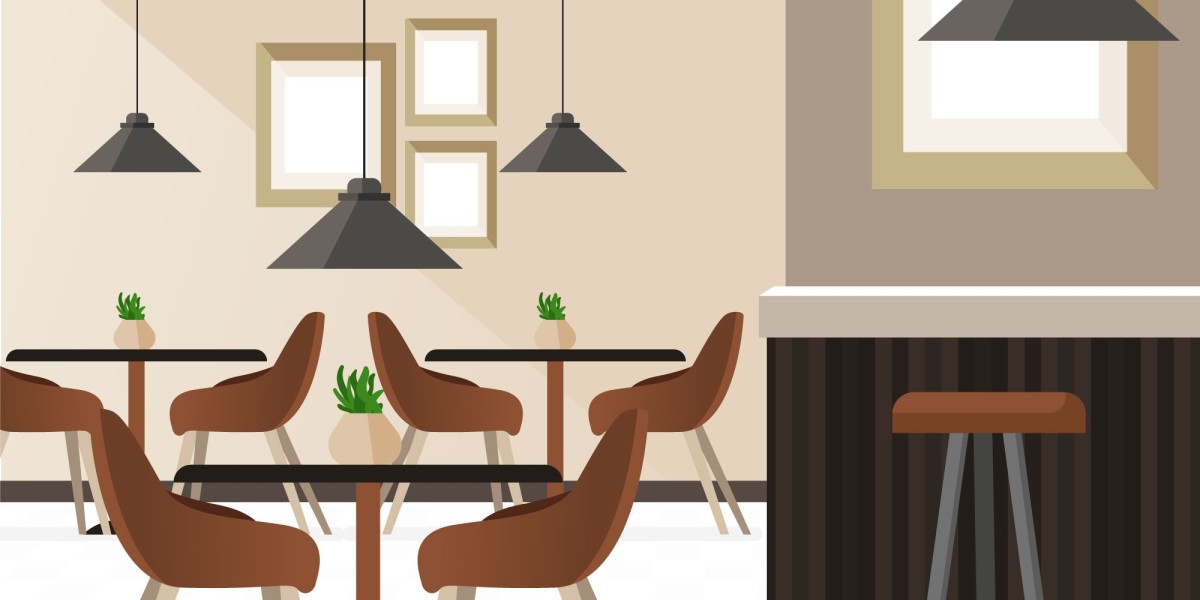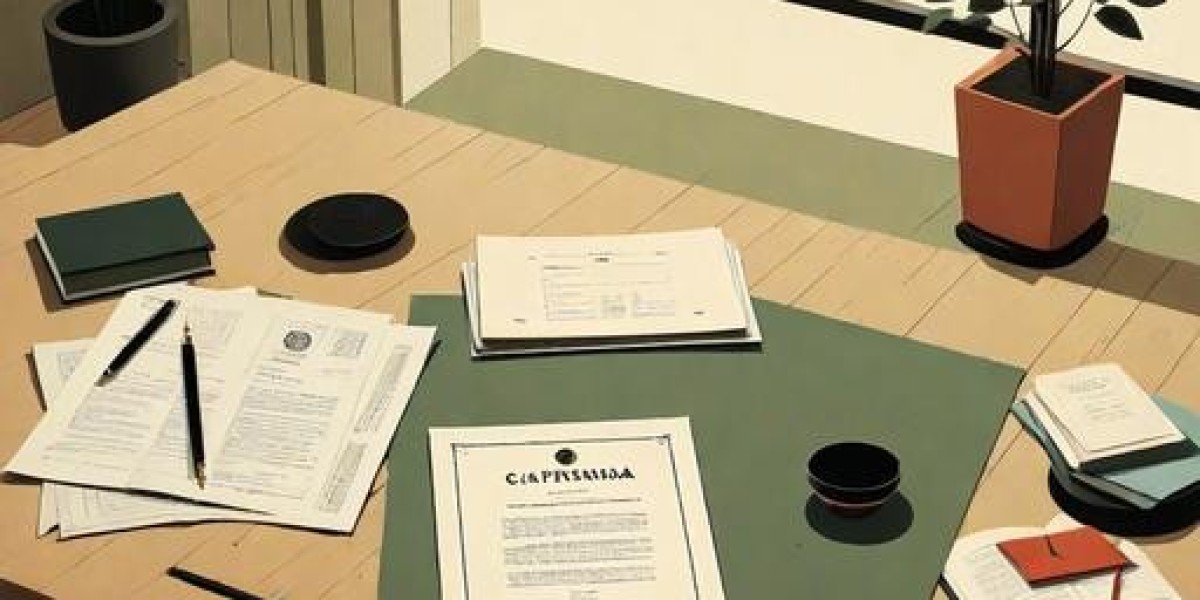In Saudi Arabia, an interior design company faces the unique challenge of blending modern aesthetics with deeply rooted cultural and religious traditions. These companies strive to create spaces that respect Islamic values, emphasize privacy, and reflect the country’s rich heritage. As interior design continues to evolve within the Kingdom, companies are innovating to incorporate sustainable materials, traditional elements, and contemporary styles, producing environments that honor both cultural identity and modern needs. This article explores how cultural and religious influences shape the work of any leading interior design company in Saudi Arabia, creating designs that resonate with both authenticity and sophistication.
1. The Role of Islamic Principles in Interior Design
Islamic values deeply inform the interior design landscape in Saudi Arabia. In line with the teachings of Islam, interiors are designed with modesty, simplicity, and privacy at the core. Key Islamic principles such as unity, balance, and harmony guide every design choice, ensuring that spaces are not only functional but spiritually resonant.
Privacy and Segregation
One of the most important aspects is the concept of privacy in Saudi homes, which is deeply rooted in Islamic tradition. Homes and buildings are often designed with separate areas for men and women, known as male and female majlis. These spaces provide dedicated areas for guests of different genders, which aligns with cultural expectations for privacy and gender segregation.
The use of courtyards is another design feature that supports privacy. Traditionally, homes in Saudi Arabia are built around a central courtyard, creating a space for families to enjoy fresh air and sunlight without being seen from the outside. This layout also allows for natural ventilation and cooling, a practical feature in the hot desert climate.
Modesty and Minimalism
Islam promotes modesty, which translates into minimalistic and understated interiors. Excessive opulence is generally avoided in favor of designs that are elegant yet restrained. Earthy colors, natural materials, and subdued décor reflect a modest approach to luxury, where comfort and functionality are prioritized over showiness.
2. Embracing Saudi Arabian Heritage in Design
The cultural identity of Saudi Arabia is richly embedded in its historical traditions and Bedouin heritage, which significantly impact design choices. The use of traditional materials, patterns, and colors helps preserve cultural authenticity in modern interiors, adding depth and meaning to the spaces.
Traditional Materials and Techniques
Saudi interiors frequently incorporate locally sourced materials such as sandstone, clay, and wood, which are both sustainable and culturally significant. Handcrafted elements, like intricate wood carvings and woven textiles, are inspired by Bedouin craftsmanship and bring a sense of tradition to contemporary spaces. These materials not only enhance aesthetic appeal but also ground the design in Saudi heritage.
Rich Patterns and Textiles
Color and pattern play a crucial role in reflecting Saudi culture. Vibrant colors, geometric patterns, and textiles like kilims and rugs are common in Saudi interiors. Inspired by desert landscapes and Bedouin art, these textiles add warmth and character to spaces, connecting modern Saudi homes to their cultural roots.
3. Influence of Saudi Climate on Interior Design Choices
Saudi Arabia’s harsh climate is another factor that significantly influences interior design. Given the Kingdom's desert conditions, interiors are crafted to maximize comfort in high temperatures, with design strategies that enhance cooling and natural ventilation.
Thermal Comfort Through Design
Thick walls and high ceilings are common architectural choices to help insulate interiors against the heat. Traditional mashrabiya screens, often made from wood, allow for air circulation while reducing direct sunlight. These screens also add a layer of visual privacy, which aligns with both cultural and religious values.
Natural Ventilation and Courtyards
As mentioned earlier, courtyards play a critical role in interior layouts. Not only do they provide privacy, but they also allow for airflow and shade—essential for comfort in Saudi Arabia’s hot climate. Courtyards often include fountains or water features that further cool the space and create a serene, refreshing atmosphere.
4. Balancing Modernity with Tradition in Saudi Interior Design
With Saudi Arabia’s Vision 2030 initiative, the Kingdom is experiencing rapid modernization. However, contemporary design trends are carefully adapted to align with cultural and religious norms, ensuring a balance between modern aesthetics and traditional values.
Modern Design Elements with Cultural Relevance
Incorporating modern elements such as open floor plans and minimalist designs can be challenging in Saudi Arabia due to the cultural emphasis on privacy and modesty. However, designers in Saudi Arabia have found innovative ways to adapt modern layouts by integrating sliding partitions or movable screens, allowing residents to enjoy open spaces while maintaining the option for privacy when needed.
Use of Technology and Smart Homes
The rise of smart home technology is another aspect where Saudi design is embracing modernity. From automated lighting to climate control, these features not only enhance comfort but also support energy efficiency. However, modern technology is integrated subtly, ensuring that it complements traditional design elements rather than detracting from the overall cultural and aesthetic harmony of the space.
5. Symbolism and Aesthetic Values in Saudi Interior Design
Saudi interior design is heavily influenced by symbolism and aesthetic values that convey meaning and connect the space to spiritual and cultural elements. Designers frequently use symbolic shapes, patterns, and motifs, drawing from Islamic art and architecture.
Islamic Geometric Patterns
Geometric patterns, commonly associated with Islamic art, are a prominent feature in Saudi interiors. These patterns represent unity, order, and the infinite nature of creation, aligning with religious symbolism. You’ll find these motifs on tiles, walls, and even furniture, seamlessly blending aesthetic appeal with spiritual depth.
Calligraphy and Religious Art
Calligraphy, especially verses from the Quran, is a respected art form in Saudi Arabia and often incorporated into interiors as decorative accents. Unlike figurative art, which is avoided in line with Islamic principles, calligraphy provides a meaningful decorative element that also reflects devotion and faith.
6. The Role of Color in Saudi Arabian Interiors
Colors in Saudi interiors are often inspired by the natural landscape of the region, with shades of desert sand, terracotta, and earthy browns being prominent. Blues and greens, which represent water and nature, are used sparingly but effectively to create a soothing contrast and add visual interest.
Earthy Tones and Natural Palettes
Earth tones dominate interiors, creating a sense of warmth and tranquility. These shades not only complement the desert environment but also reflect the modesty emphasized in Islamic design principles. The use of natural colors also enhances the harmony between interior and exterior environments, promoting a sense of continuity.
Accent Colors with Cultural Significance
While earth tones form the base palette, accent colors like deep red, cobalt blue, and emerald green are used to add vibrancy and reflect traditional Saudi colors. These accents are often incorporated through textiles, decorative pottery, and art pieces, contributing to a rich, layered aesthetic that honors cultural symbolism.
7. The Future of Interior Design in Saudi Arabia
As Saudi Arabia continues to evolve, interior design is also expected to innovate while preserving traditional values. With increasing interest in sustainable and eco-friendly design, Saudi interior design may see a shift towards environmentally conscious practices that still respect cultural and religious values. Renewable materials, energy-efficient technologies, and biophilic design elements are likely to become more prevalent as designers strive to create spaces that are both modern and mindful of Saudi heritage.
Saudi Arabia’s approach to interior design offers a unique example of how cultural and religious influences can harmonize with modern aesthetics. By respecting the principles of privacy, modesty, and spirituality, designers in Saudi Arabia create spaces that are both authentically Saudi and timelessly elegant. This balance allows Saudi Arabia to celebrate its past while embracing the future, crafting interiors that reflect a sense of identity, reverence, and innovation.





